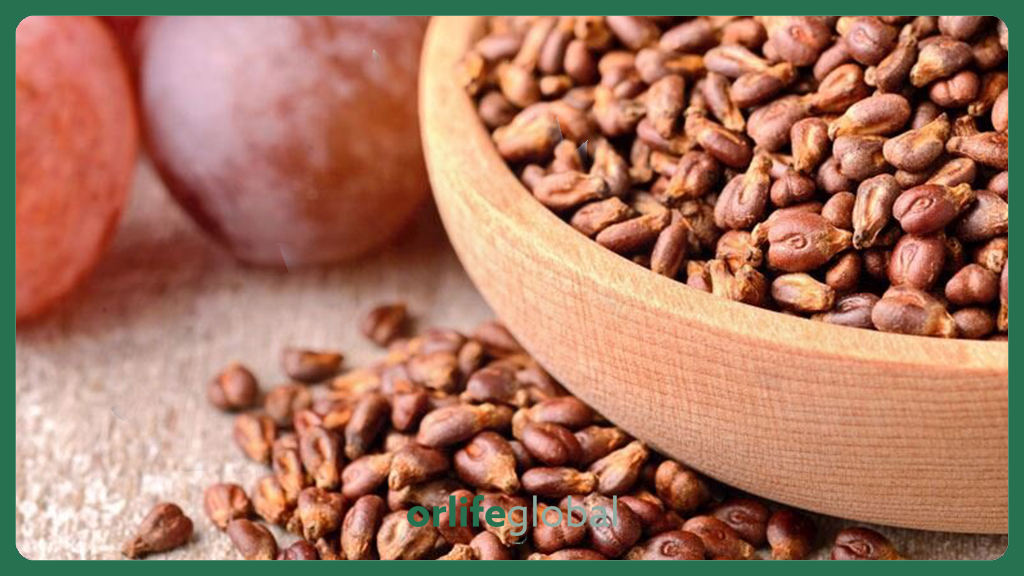
Grape Seed Oil
Grape Seed Oil
Grape Seed oil is obtained by cold pressing method from the dried seeds of the Vitis vinifera plant, which is generally used in wine production [1].
The seed of this plant contains 85-90% unsaturated fatty acids. The main fatty acids found in Grape Seed oil are linoleic, oleic, palmitic, stearic and palmitoleic acid. Besides this, It is rich in natural antioxidants, such as tocopherols, tocotrienols. and It also contains phytosterols, flavonoids, phenolic acids and carotenoids [2,3].
Grape Seed oil has beneficial properties for health that are mainly detected by in vitro studies, such as antitumor, anti-inflammatory, antibacterial and antioxidant effects [2,3].
Directions:
Grape Seed oil can be used alone or blended with your other favorite base oil.
This oil is suitable for all skin types, ideally suitable for oily, combination, dull, or sensitive skins.
Topically, It is used in cosmetic and massage applications with its toning, softening, nourishing, regenerating, antioxidant, and soothing properties. Grape Seed oil absorbs easily into the skin to deliver intense moisture. Thanks to its antioxidant content, it benefits and assists in the production of collagen. It is known for its action against skin aging. It helps reduce the appearance of fine lines and wrinkles and enhances skin health and radiance. Grape Seed oil cleanses the skin deeply and helps to prevent acne and blackhead formations.
This oil is ideal for dry, damaged or brittle hair.
It is a natural make-up removal oil (for all skin types).
Suggested Uses:
Add to a 20 ml bottle: 2 drops Cedarwood essential oil, 3 drops Tea Tree essential oil then fill with Grape Seed oil and shake to mix well. Apply directly to acne-prone skin.
Warning & Safety Requirements:
- If you are pregnant or lactating, please consult with your doctor before using any product containing essential oils.
- Do not use it internally, unless directed by a licensed Aromatherapist or Physician.
- Not suitable for children.
Storage Conditions:
Store oils in a cool dry place away from direct sunlight and out of reach of children.
References:
- [1]. Shinagawa, F.B., Santana, F.C.D., Torres, L.R.O., Mancini-Filho, J. Grape seed oil: a potential functional food. Food Science and Technology, 35(3), 399-406. 2015.
- [2]. Bellili, S. et al. Grape seed oil: Chemical composition, biological properties and health benefits, 145-174. 2018.
- [3]. Assumpção, C.F., Nunes, I.L., Mendonça, T,A,, et al. Bioactive compounds and stability of organic and conventional Vitis labrusca grape seed oils. J Am Oil Chem Soc. 93:115–124. 2016.
CONTACT NOW


